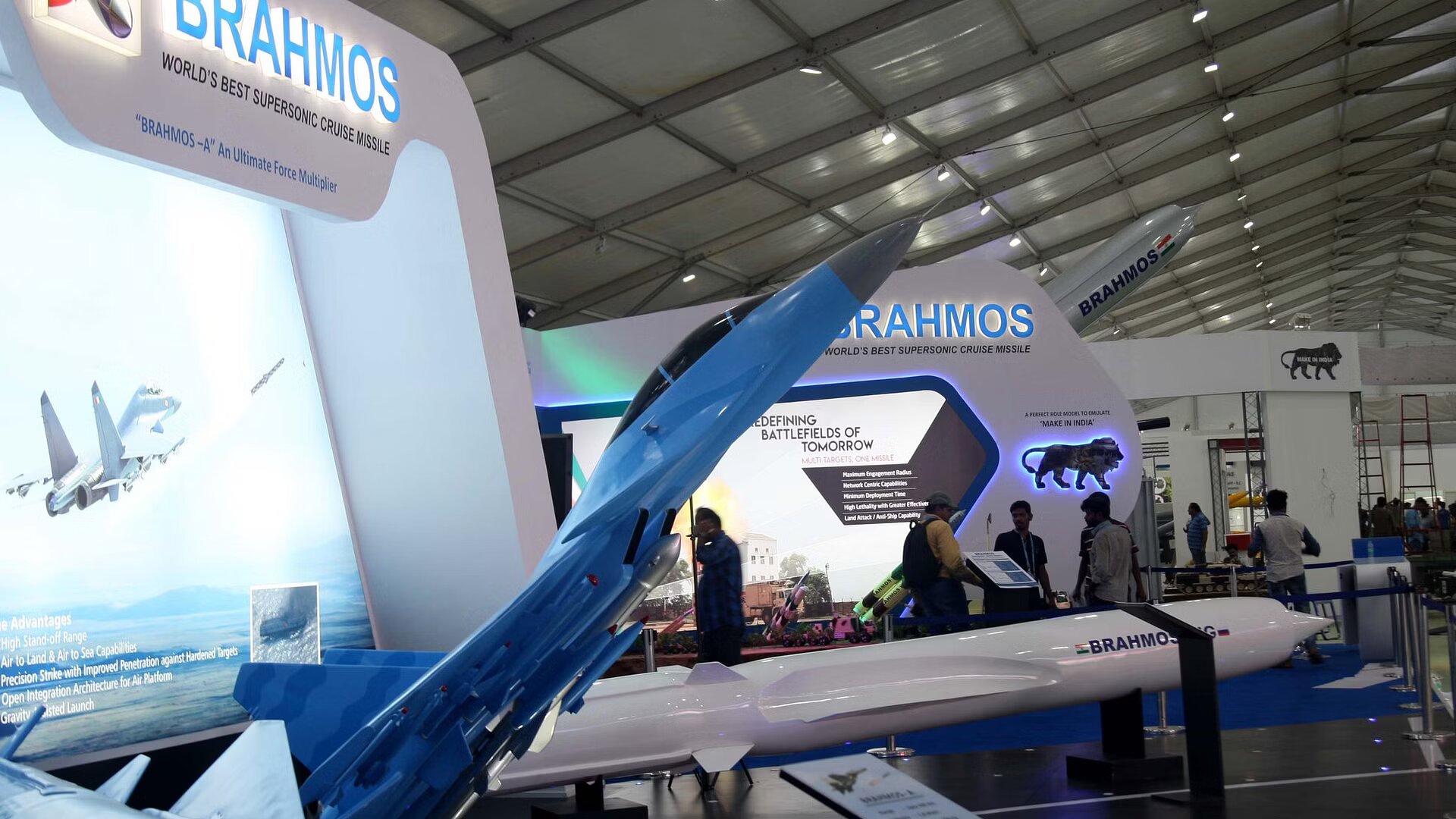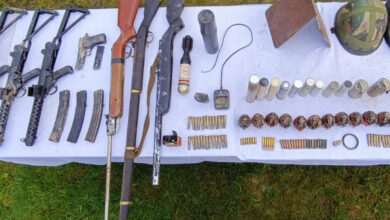
- The Indian Air Force's capital costs went up by only a small amount, from INR 555.86 billion to INR 571.37 billion.
- The budget for the Border Roads Organisation, which is part of the Ministry of Defense and works to improve border connectivity, went up by 42% to INR 50 billion.
India has set aside 1.62 trillion rupees ($19.87 billion) to buy new weapons and platforms in the fiscal year 2023-24. Most of these will come from domestic defence contractors.
The country’s annual budget, which came out on February 1, calls for spending a total of INR 45,03 trillion. About 13% of this amount, or INR 5.93 trillion, is spent on defence. This includes 1.38 trillion INR for pensions for the defence.
The total defence budget is up by INR 683.71 billion, or 13%, from the budget for FY 2022-23. For FY 2023-24, which starts on April 1, 2023, the budget sets aside INR 1.62 trillion for capital spending on new weapons and INR 2.70 trillion for revenue spending on stores, spares, and repairs.
In a statement, India’s Ministry of Defence said, “This increase shows that the government is committed to a long-term increase in the modernization and infrastructure development of the defence services.”
In line with the government’s goal and focus on keeping the defence services operationally ready to face current and future challenges, the non-salary revenue/operational allocation gets a boost of INR 275.7 billion, bringing the budgetary outlay under this segment from INR 624.31 billion in FY 2022-23 to INR 900 billion in FY 2023-24.
“This will take care of the upkeep of weapon systems, platforms, like ships and planes, and their logistics. It will also improve the serviceability of the fleet by buying critical ammunition and spare parts in an emergency, buying or renting niche capabilities to fill in capability gaps when needed, stocking up on military reserves, and strengthening forward defences, among other things,” the Ministry of Defense said.
MoD also said that during the mid-term review, the government increased the operational allotments for the current financial year by INR 260 billion. This paid off carry-over liabilities during the current year, so they won’t affect the operational costs of the services for the next year.
Amit Cowshish, who used to be the MoD’s financial advisor (acquisitions), said that the government has done its best to raise the defence budget because the economy needs to grow. He said that it was now up to the armed forces to make the most of the money they had been given.
The capital spending will be used to buy new weapons and platforms and pay off past defence contracts with unfulfilled obligations.
The Indian Army’s capital costs will go up from INR 320.15 billion to INR 372.41 billion. The service will use these funds to buy specialised drones, loitering munitions, small arms, and light tanks, as well as to improve tanks and armoured personnel carriers that are already in use.
The Indian Navy’s capital costs went up from INR 475.90 billion to INR 528.04 billion. With this money, the service will buy ship-based drones, loitering weapons, missiles, satellites, and new small warships.
The Indian Air Force’s capital costs went up by only a small amount, from INR 555.86 billion to INR 571.37 billion. This money will be used by the IAF to buy new air defence systems, missiles, drones, systems that stop drones from flying, satellites, and combat helicopters.
A total of INR 232.64 billion will be spent on research and development for defence. This money will be used to develop new military technologies in India. The budget for the Border Roads Organisation, which is part of the Ministry of Defense and works to improve border connectivity, went up by 42% to INR 50 billion.







Facebook Comments